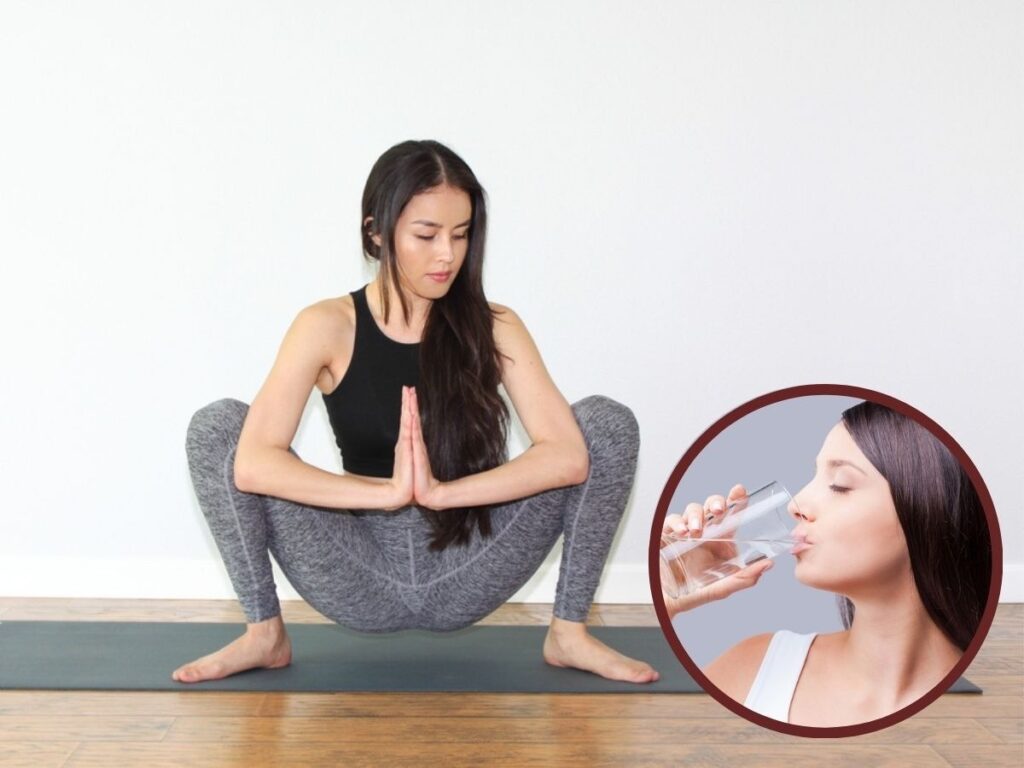Maintaining physical fitness is essential for overall well-being. One effective way to achieve this is by practicing the Malasana or Garland Pose daily in the morning. This pose not only enhances flexibility and strength but also promotes digestion and detoxification. To maximize the benefits, it’s recommended to drink a glass of water before performing the pose. In this article, we will discuss the numerous advantages of practicing Malasana, along with detailed instructions on how to perform it correctly.
What is Malasana?
Malasana, also known as the Garland Pose, is a yoga posture that mimics the squat position. It is commonly practiced in various yoga styles and is especially beneficial for improving lower body strength and flexibility. The pose requires balance and focus, making it a holistic practice that engages both body and mind.
Benefits of Practicing Malasana
| Benefit | Description |
|---|---|
| Improves Flexibility | Malasana stretches the hips, groin, and lower back, enhancing overall flexibility. |
| Strengthens Muscles | This pose targets the leg muscles, leading to increased strength and stability. |
| Promotes Digestion | Squatting facilitates better digestion by massaging the abdominal organs. |
| Reduces Stress | The deep breathing involved in this pose helps to alleviate stress and anxiety. |
| Aids Detoxification | Malasana encourages the elimination of toxins from the body. |
Step-by-Step Guide to Perform Malasana
- Stand with your feet slightly wider than hip-width apart.
- Exhale and squat down, keeping your heels on the floor if possible.
- Bring your palms together in front of your chest, pressing them against each other.
- Using your elbows, gently push your knees apart to create space in your hips.
- Keep your spine straight and your chest lifted, breathing deeply.
- Hold this position for 30 seconds to 1 minute, focusing on your breath.
- To release, push through your heels to rise back to a standing position.
Precautions to Consider
- If you have knee or ankle injuries, consult a healthcare professional before attempting this pose.
- Avoid Malasana during pregnancy or if advised against squatting by a doctor.
- Practice on a soft surface or yoga mat to ensure comfort and stability.
In conclusion, incorporating Malasana into your daily routine can lead to enhanced physical fitness and promote a sense of well-being. Remember to hydrate beforehand and focus on your breath as you practice. With consistent practice, you can experience the myriad of benefits this pose offers, ultimately contributing to a healthier lifestyle.
